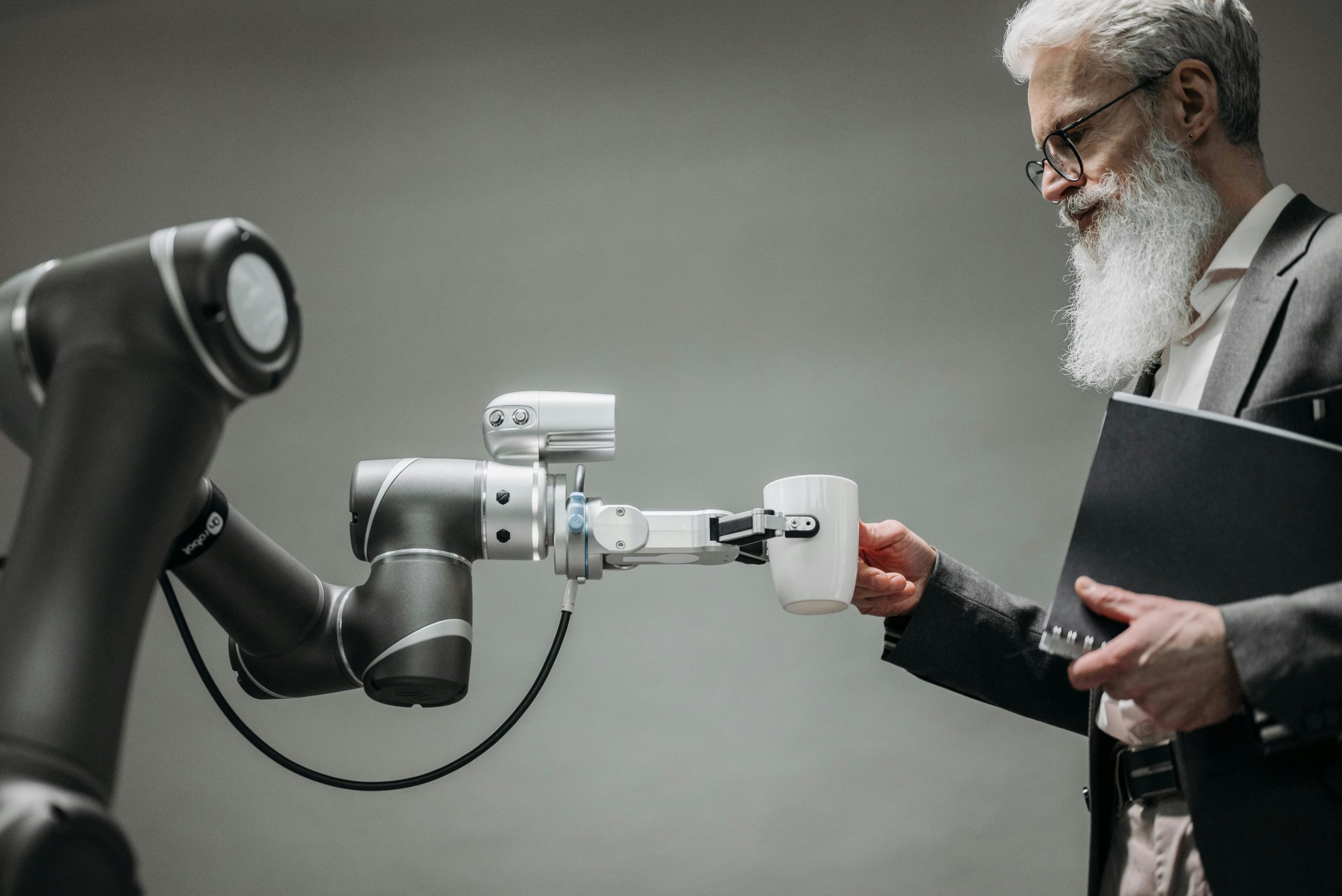Persona-Driven Agile Development
Persona-driven Agile Development is a methodology that combines the human-centric focus of personas with the iterative and flexible nature of Agile methodologies. This approach helps ensure that the products being developed align closely with the needs and goals of the target customer by keeping them at the center of the development process. 1. Create Personas … Read more










